Over the past week, WeShop AI quietly launched a powerful upgrade that’s solving one of the most frustrating challenges in AI-generated photography — AI Hands. 🖐️
That’s right — our brand new AI Hand Fixer tool is here, and users are already noticing a significant improvement in the quality and realism of AI-generated hands in their model photos.
Whether you’ve encountered strange AI fingers, incomplete palms, or full-blown AI hands fail moments, this feature is designed to help you restore, refine, and perfect those tricky details — without needing to start over.
AI-generated hands often fall short of perfection, leaving users puzzled by strange results. Why do these issues occur? Studies show that AI-generated images frequently struggle with human extremities. Common problems include unnatural finger placement, fingers merging, or even hands duplicating in bizarre ways. Out of 130 tested images, only 88 had the correct number of fingers, while 40 showed hallucinations such as missing or extra ones. Models like Stable Diffusion and DALL-E3 also score much lower on hand accuracy compared to real photos, highlighting the challenge. Fixing these flaws can make ai hands more lifelike and reliable.
Today, we’re going to break down exactly how the AI Hand Fixer works, what to avoid, and show you real-world before-and-after examples that prove just how game-changing this tool can be for your AI commercial photography.
Common AI Hand Imperfections
Unnatural Finger Placement
Why AI hands often have misaligned or awkward fingers
AI struggles with generating hands because of their complexity. Fingers have intricate shapes, positions, and proportions that vary depending on gestures and angles. AI models, like GANs, often rely on datasets that may not include enough examples of hands in diverse positions. This lack of data leads to errors such as fingers bending unnaturally or overlapping awkwardly.
Research highlights that AI-generated content frequently deviates from factual accuracy, making it hard for users to trust the results. These distortions are especially noticeable in hands, where even slight misalignments can break the illusion of realism.
Missing or Extra Fingers
Causes of messed-up fingers in AI images
AI models sometimes generate hands with missing or extra fingers due to inconsistencies in their training data. Hands are highly variable, and the AI may “hallucinate” additional fingers or fail to render all five. This issue becomes more pronounced when the model tries to generate hands in complex poses or when objects partially obscure the fingers.
Awkward Proportions
Common proportion issues in AI hands
Proportion issues in AI hands often stem from the model’s inability to maintain anatomical coherence. Fingers may appear too long, too short, or unevenly spaced. Sometimes, the palm looks oversized compared to the fingers, or the thumb is positioned unnaturally. These errors disrupt the realism of the image.
Design studies emphasize that disproportionate features make it harder for AI to render hands accurately. Hands often interact with objects, creating complex occlusions that confuse the model. This complexity increases the likelihood of errors in proportions.
🤯 Why AI Hands Are So Difficult to Get Right
If you’ve worked with any AI model generation tool, you already know: AI-generated hands are notoriously hard to get right.
From:
- Five fingers morphing into seven
- Melted palms and blurry joints
- Unrealistic angles or proportions
- Hands that disappear into props
These issues can tank the realism of an otherwise beautiful AI-generated image. That’s where the AI Hand Fixer comes in.
✨ What is the AI Hands Fixer Tool?
The AI Hand Fixer is a smart image editing feature inside WeShop AI that allows you to manually target and regenerate hand areas that were distorted or glitched in the AI generation process.
Instead of regenerating the entire image or abandoning the shot altogether, you can preserve the rest of your visuals and only correct the hand portion — quickly and cleanly.
🔧 How to Use the AI Hands Fixer: Tips & Best Practices
Here are some key tips and common mistakes to avoid when using the hand fixer for optimal results:
❌ Don’t Use Images Where the Hands Are Too Small
If the hand is barely visible — like just a fingertip or part of a knuckle — the AI may not have enough data to regenerate the full hand realistically.
✅ Make sure the hand is clearly visible and sizable in the original image.
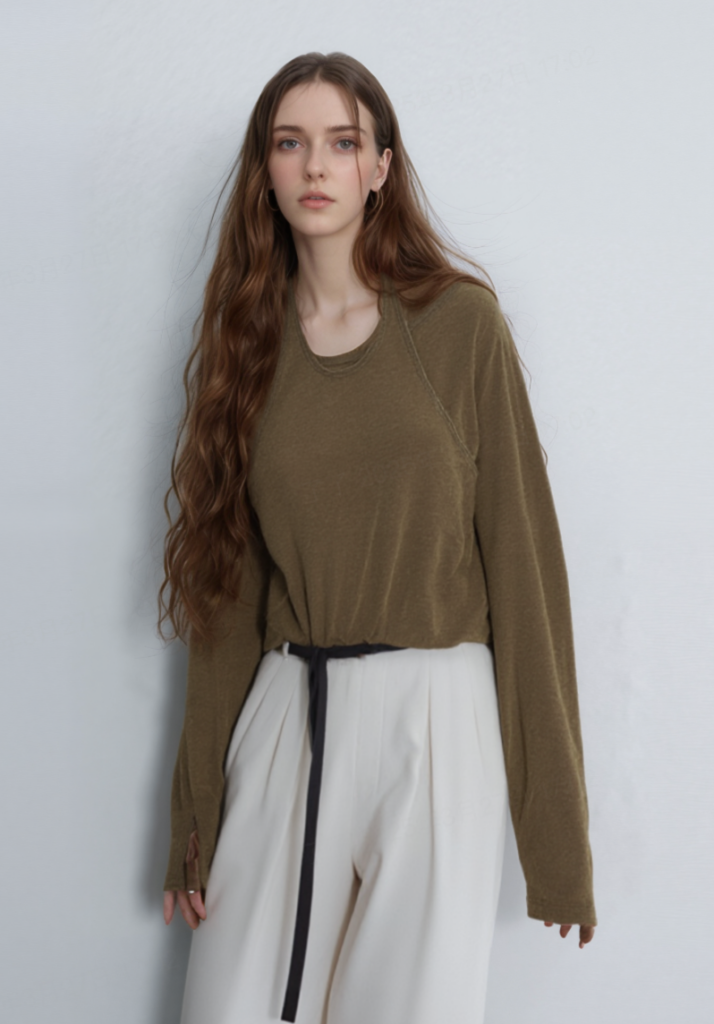
❌ Don’t Use Flat-Lay Clothing Images
Flat-lay photos (images without a model) cannot be used to fix AI hands, simply because there are no hands present in the first place.
✅ Instead, generate your product on an AI model first, and only use the hand fixer tool on model-based images.
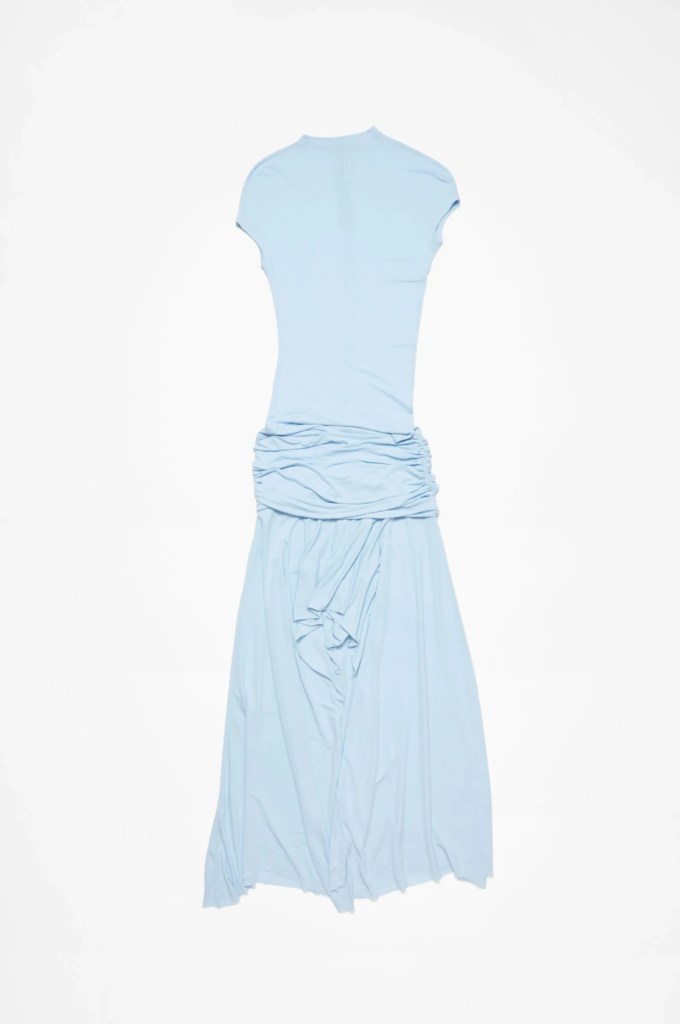
❌ Avoid Overly Complicated Hand Positions or Props
If your AI-generated model has fingers wrapped around an object (like a powder puff, cup, or accessory), it’s harder for the AI to reconstruct both the hand and the object seamlessly.
✅ In these cases, it’s best to minimize prop overlap or accept minor imperfections in small accessory areas.

📝 Pro Tip: Use the “Image Requirements” Guide
We’ve added a helpful [Image Requirements] tip next to every function title within the platform. Before you generate or fix hands, tap it for a quick refresher on what works best — and save time and points in the long run.
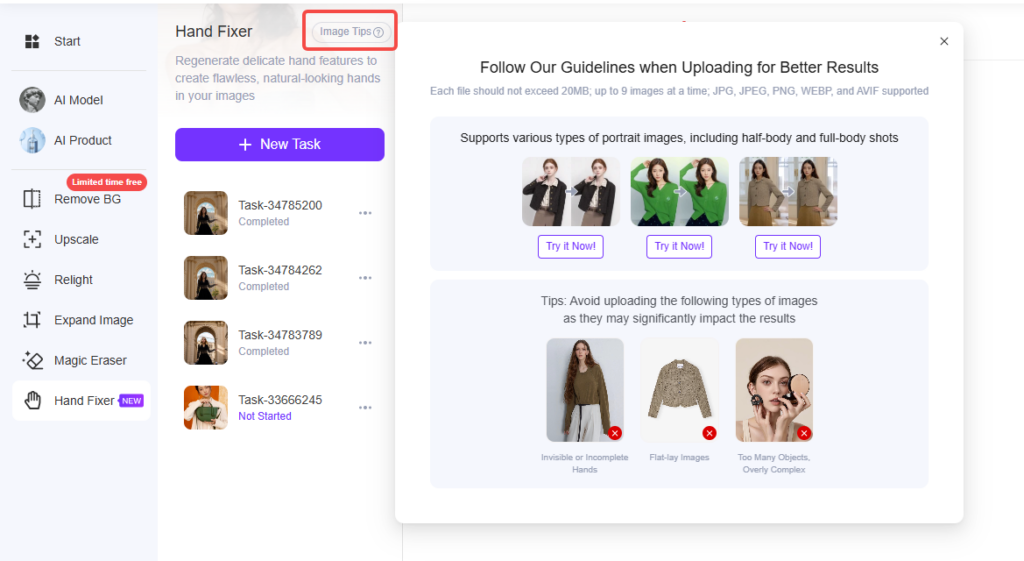
🖼️ Real Example: AI Hands — Before & After
Let’s take a look at a few real-world transformations from our users using the AI Hand Fixer:
✋ Before: Fingers distorted or melted into the outfit
✅ After: Clearly separated, well-formed fingers with natural spacing
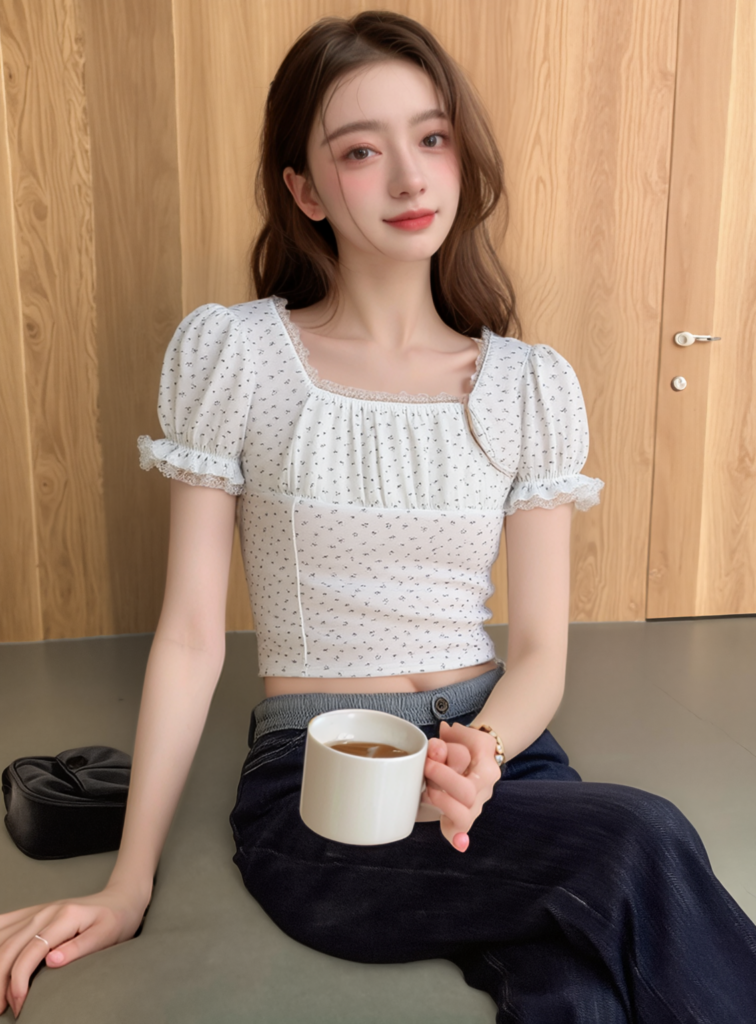
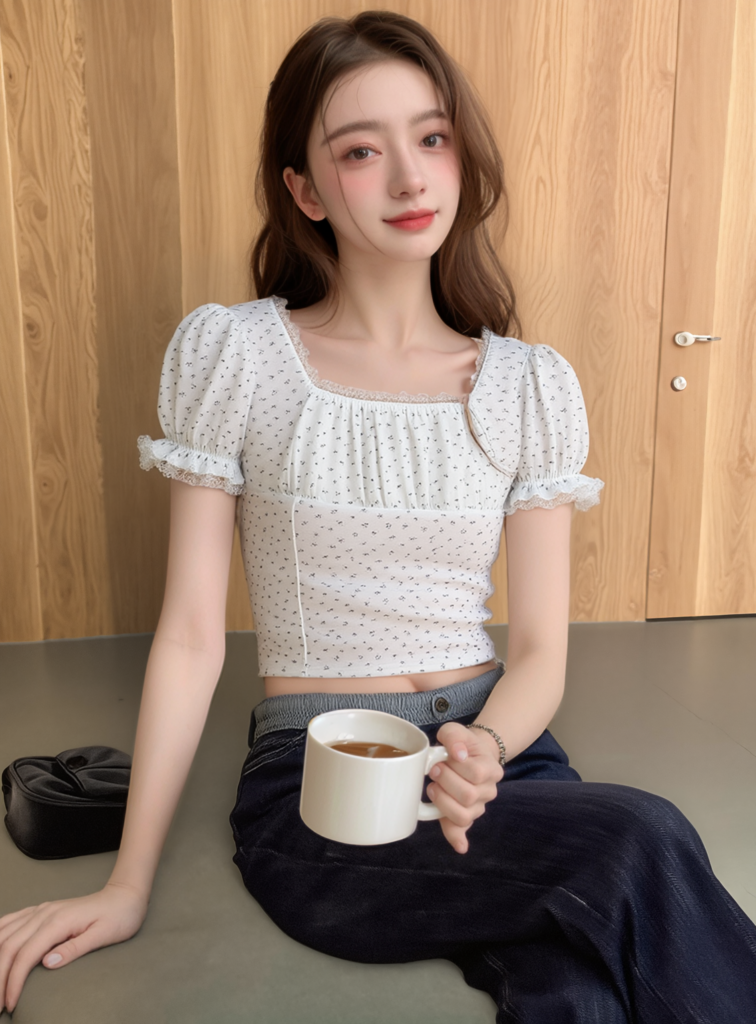
✋ Before: Missing thumbs or twisted palm angles
✅ After: Proportional hand with realistic wrist alignment
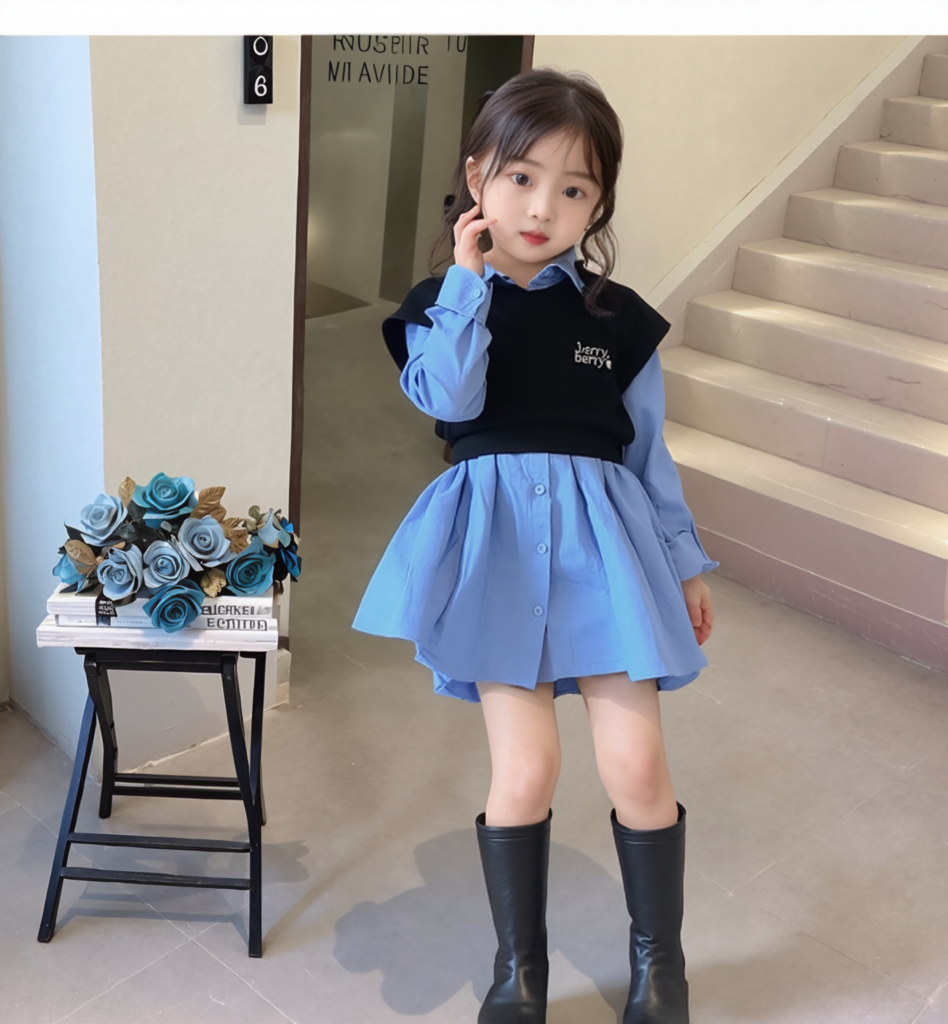
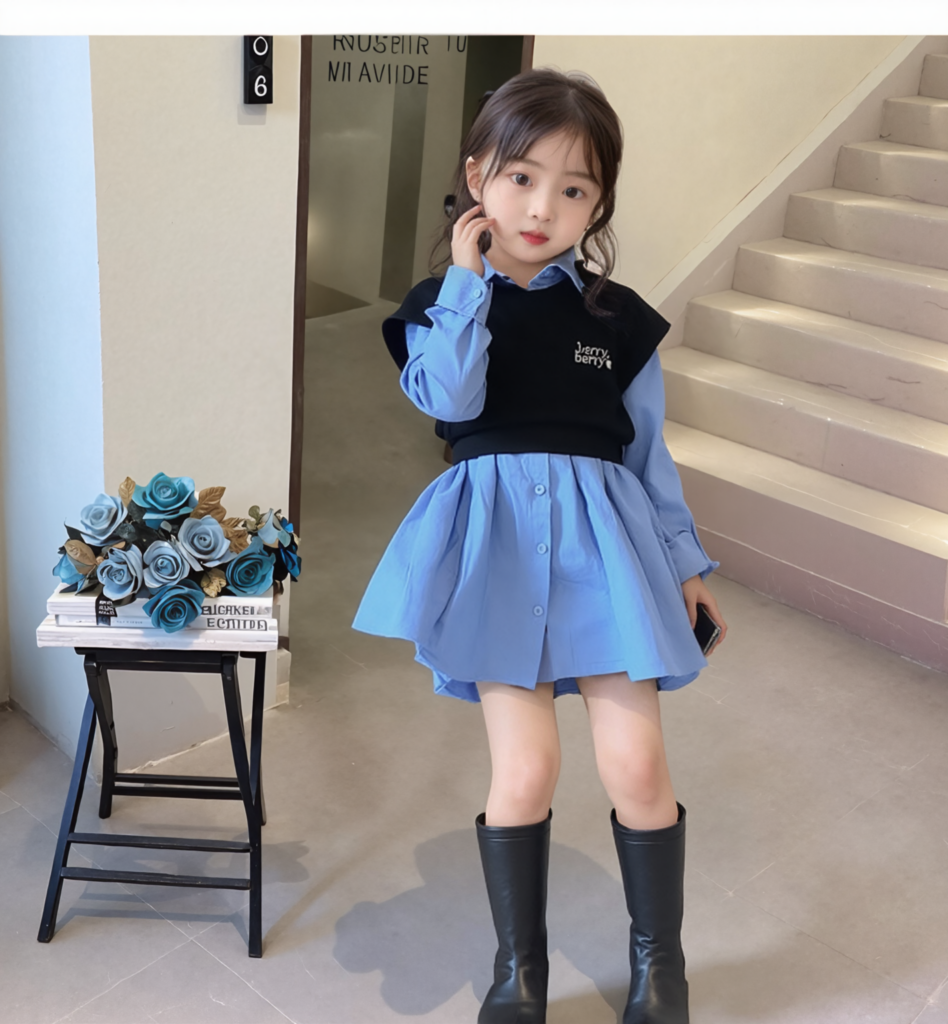
✋ Before: Props swallowed into palms with no definition
✅ After: Hand and object separation restored, with clean edges
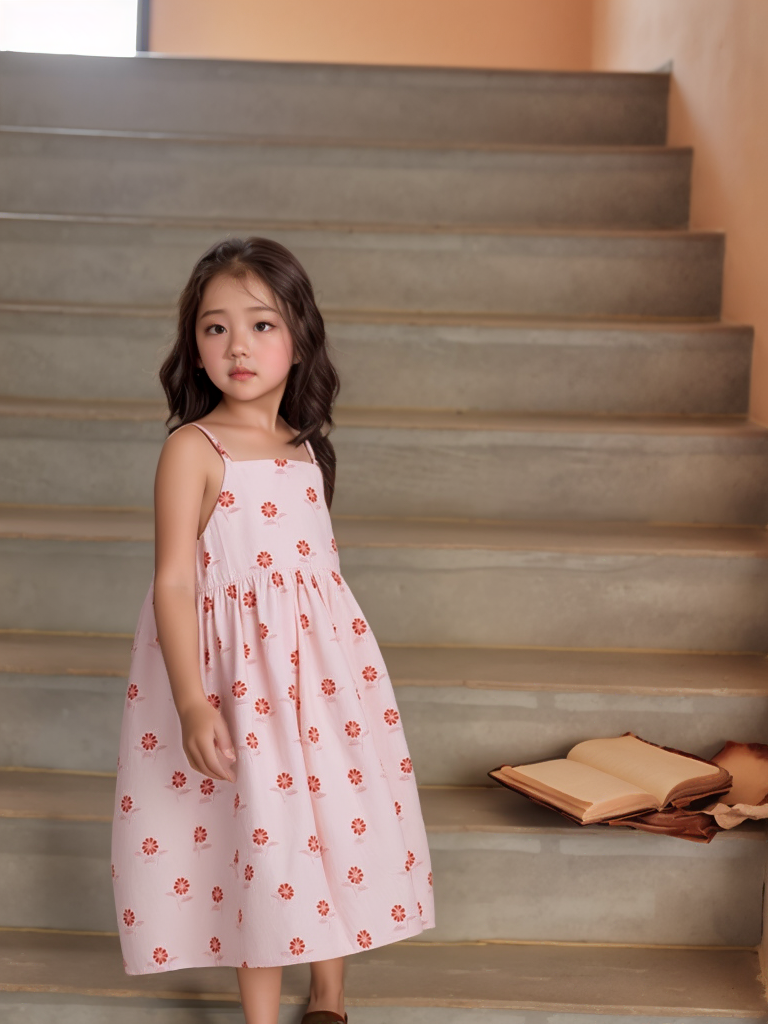
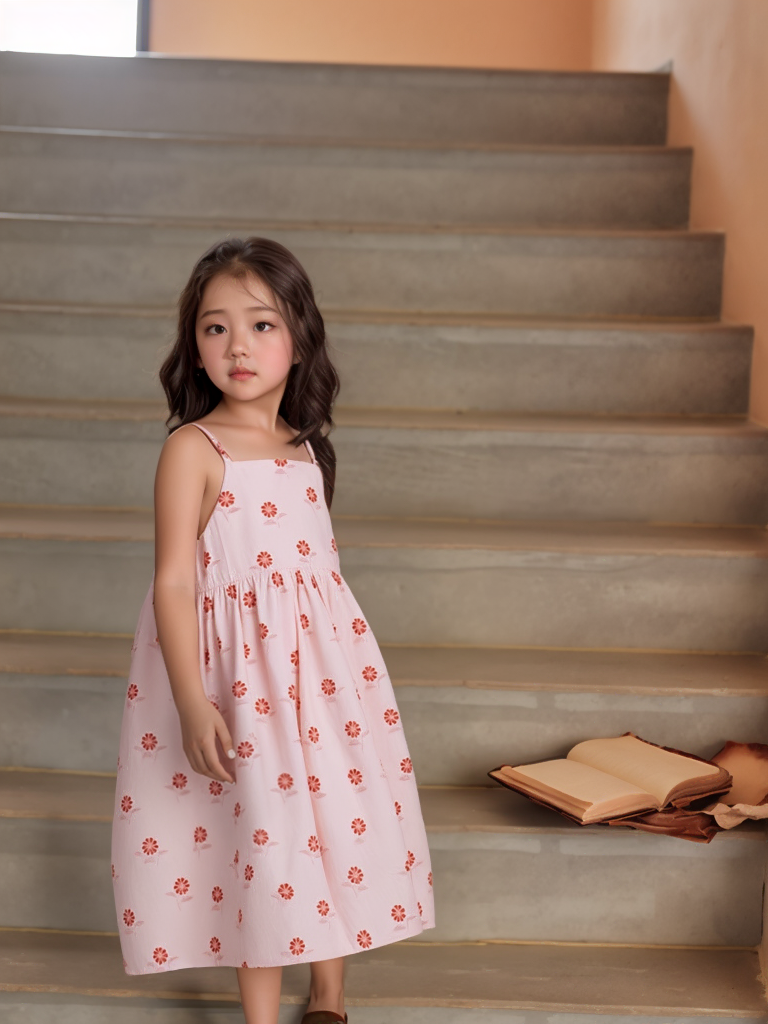
✋ Before: AI fingers too long or uneven
✅ After: Symmetrical and natural finger length and shape
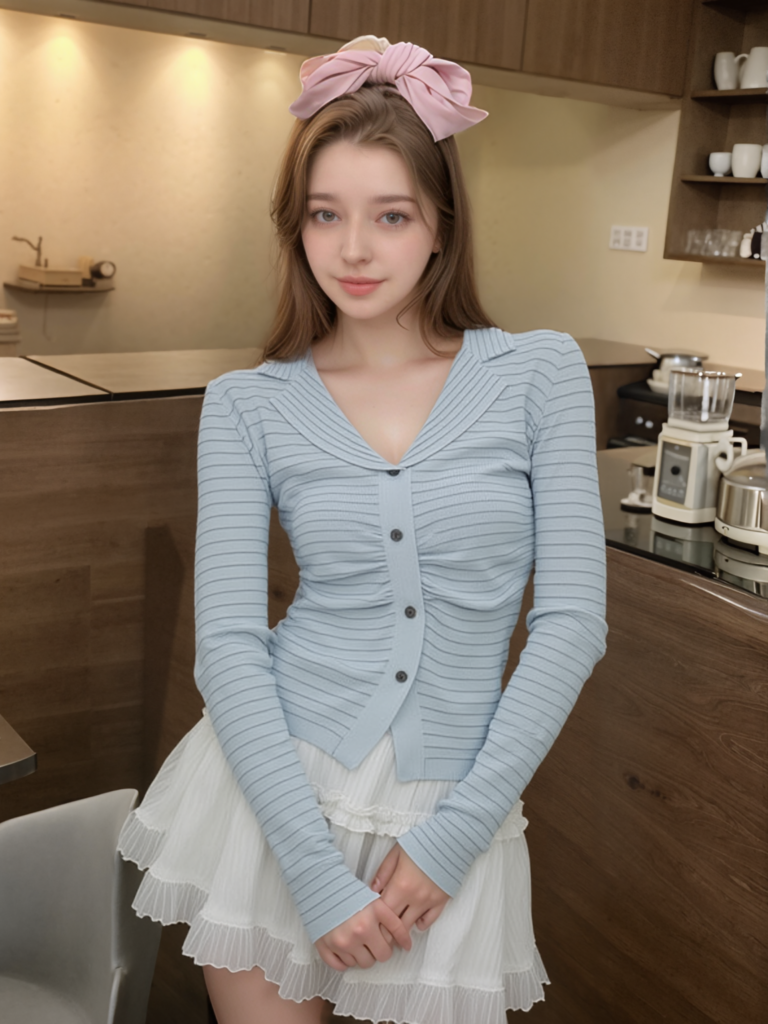

✋ Before: One hand perfect, the other glitched
✅ After: Both hands fully corrected with matching tone and posture
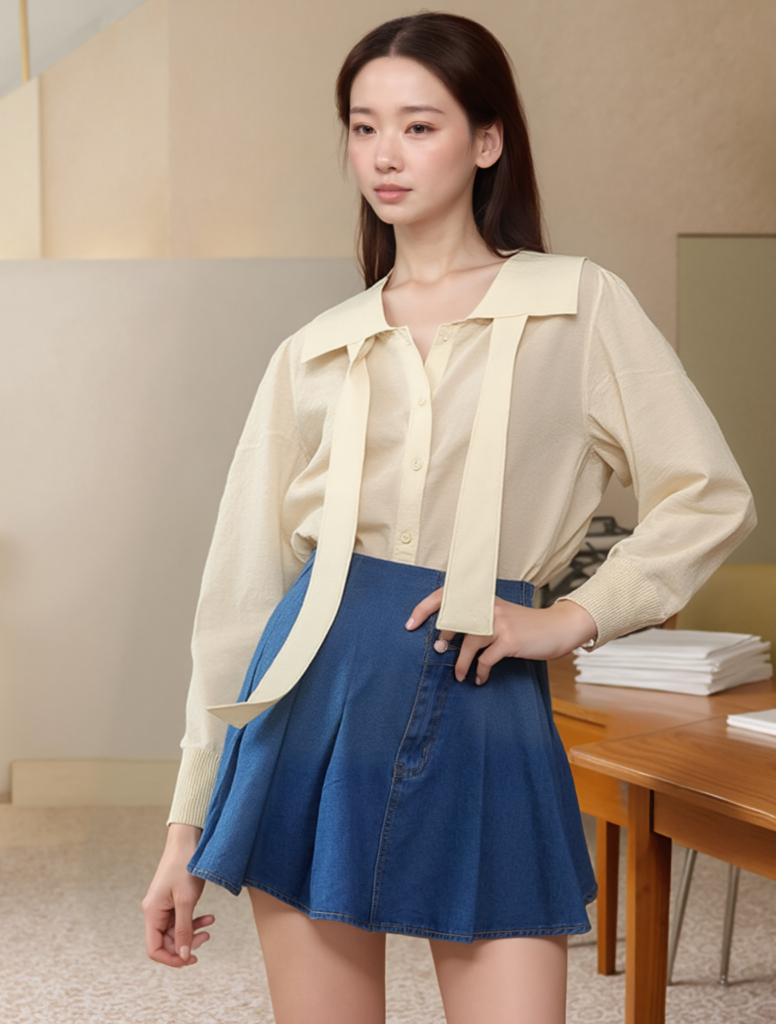
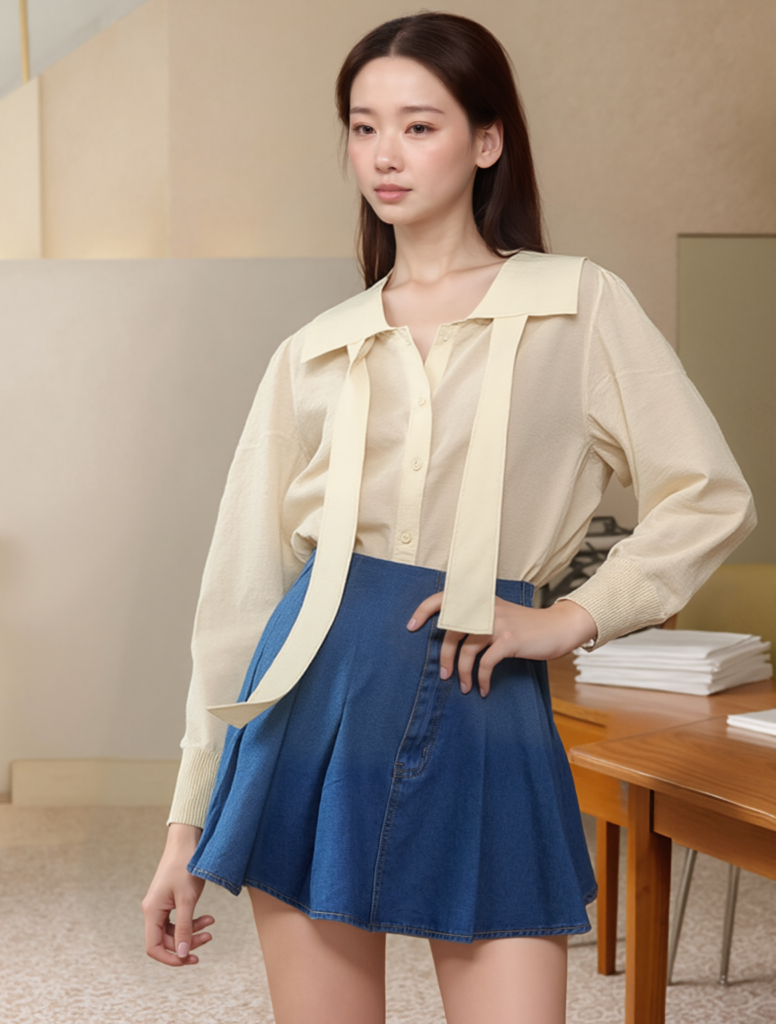
These examples highlight the massive difference a small tool can make. And the best part? You don’t need to re-run your entire scene — just fix what’s wrong.
💼 Why It Matters: Commercial Quality at Scale
Whether you’re selling clothing, accessories, or lifestyle goods, realistic AI-generated hands play a huge role in visual credibility.
With the AI Hand Fixer:
- You save hours of editing time
- Avoid regenerating images unnecessarily
- Get results that are polished and ready for commercial use
- Ensure your AI model images don’t fall into the dreaded “AI fail” category
🌟 Final Thoughts
The AI hands fail problem has long been one of the biggest blockers in truly professional-looking AI-generated product photography. With WeShop AI’s AI Hand Fixer, that issue is finally getting solved.
So if you’ve ever hesitated to use AI-generated models because of awkward fingers or bad AI art, now’s the time to try again — with confidence.
Perfecting AI-generated hands doesn’t have to feel overwhelming. By using tools like WeShop AI, masking techniques, anyone can tackle common issues like awkward fingers or proportions.
Pro Tip: Experiment with multiple methods to find what works best for your needs. Combining manual edits with AI-powered tools often delivers the most realistic results.
With practice and the right strategies, creating lifelike AI hands becomes a fun and rewarding process. So, dive in and start refining those hands today!


